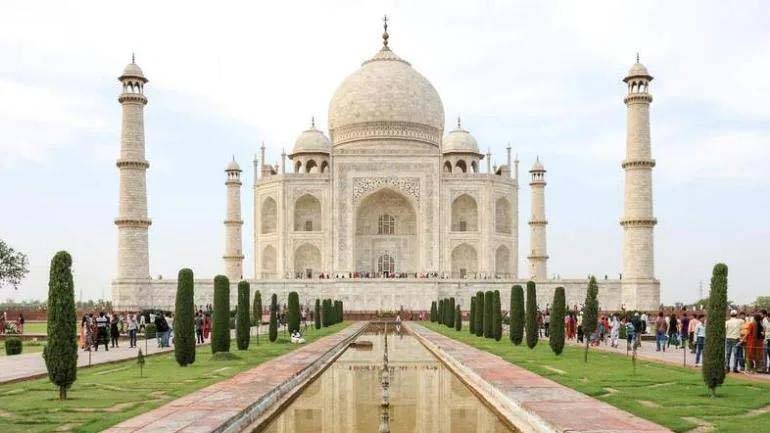Amidst the legal proceedings, the quest to unlock the 22 enigmatic rooms of the Taj Mahal encounters a delay, now slated for July 10, as pronounced by a Civil Judge (Junior Division) court. The plaintiff, Yogeshwar Shri Krishna Janmasthan Seva Sangh Trust Tejomahadev, brought forth this suit.
Interestingly, none of the defendants graced the court with their presence, prompting Judge Shikha Singh to defer the hearing. This development stems from a petition lodged at the Lucknow bench of the Allahabad High Court, urging the Archaeological Survey of India (ASI) to delve into the 22 sealed chambers of the Taj Mahal, ostensibly in search of Hindu idols.
Advocate Ajay Pratap Singh, representing the Trust, disclosed that the court mandated the plaintiff’s attendance on July 10, adhering to the Civil Procedure Code. Moreover, Singh emphasized the forthcoming inclusion of all opposing parties, in accordance with the court’s directive.
The petitioner, Rajneesh Singh, BJP’s media in-charge in Ayodhya, contends that numerous historians and Hindu factions posit the Taj Mahal as an ancient Shiva temple. The plea implores the ASI to constitute a special committee to probe the locked chambers and disseminate the findings publicly.
Singh articulates that the pursuit of scrutiny aims not to repurpose the Taj Mahal into a temple but to unveil historical veracity, fostering societal cohesion. Delving into the closed chambers, he asserts, serves as a potent means to quell such disputes. Notably, Emperor Shah Jahan commissioned the Taj Mahal’s construction in 1631 as a mausoleum for his consort, Mumtaz Mahal, culminating in its completion in 1653 with the labor of 22,000 artisans over 22 years.
Singh further contends that King Paramardi Dev erected the Tejo Mahalaya temple palace at the Taj Mahal’s current site in 1212 AD. Allegedly passed down through generations, Shah Jahan purportedly acquired it from King Jai Singh in 1632, repurposing it as a tribute to his beloved. The chambers of the Taj Mahal last saw formal unveiling in secrecy in 1934, yielding no significant revelations.




